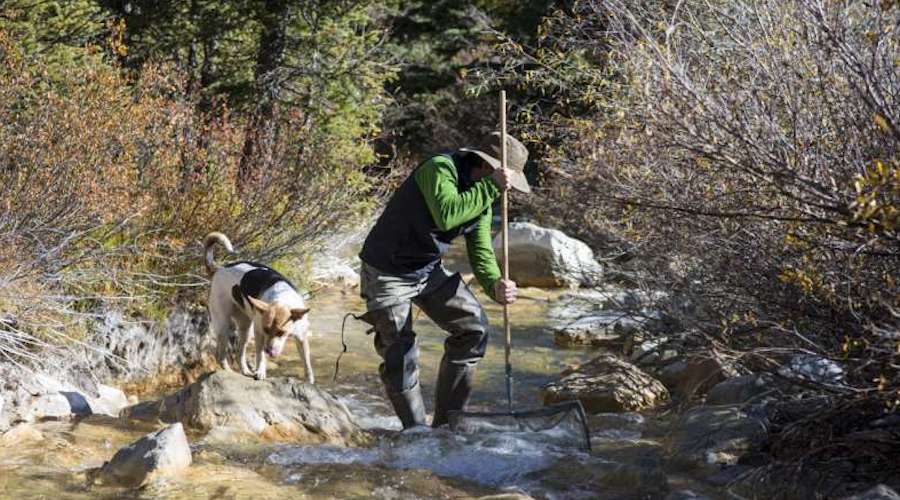Rare earths make their way to Colorado’s waterways

New research by a team at the University of Colorado Boulder found that rare earth elements are making their way into the state’s water supplies, driven by changes in climate.
The study, which is the first to look at how rare earth elements move within a watershed that is rich in minerals — the Snake River watershed — was published in the journal Environmental Science & Technology. According to the document, there is growing concern about REE concentrations because they are not monitored and there are no water quality standards set for them.
The paper is also the first one to dig into how climate change, by altering stream flow and natural weathering processes, is releasing more rare earth elements into streams.
“We documented a concentration range of one to hundreds of micrograms per liter—several orders of magnitude higher than typical for surface waters—with the highest concentrations nearest the headwaters and areas receiving drainage from abandoned mine workings,” the lead author of the study, Garrett Rue, said in a media statement.
The researchers suggest that investigating and investing in technologies to recover rare earth elements from natural waters could yield valuable commodities and help address the problems associated with acid rock and mine drainage
Rue and his co-author Diane McKnight also documented that increases in rare earth elements in the Snake River corresponded to warming summer air temperatures, and that rare earth elements are accumulating in insects living in streams at concentrations comparable to other metals such as lead and cadmium shown to be toxic.
“We’re starting to understand that once rare earth elements get in the water, they tend to stay there,” the lead researcher said. “They aren’t removed by traditional treatment processes either, which has implications for reuse and has led some European cities to designate REEs as an emerging contaminant to drinking water supplies. And considering that the Snake River flows directly into Dillion Reservoir, which is Denver’s largest source of stored water, this could be a concern for the future.”
Given these results, Rue and his colleague suggest that investigating and investing in technologies to recover rare earth elements from natural waters could yield valuable commodities and help address the problems associated with acid rock and mine drainage, which are poised to worsen as the climate shifts.
“Rare earth elements are used to make a lot of products. But most of the supply comes from China. So our government has been looking for sources, but at the same time mining has left an indelible mark on the waters of the West,” Rue said. “If we can harvest some of these materials that are already coming into our environment, it might be worthwhile to treat that water and recover these materials at the same time.”
How they did it
To reach their conclusions, the team followed the water quality monitoring process that has been carried out since the 1990s at CU Boulder.
Given the location of the Snake River watershed, it is considered a good natural laboratory for investigating these processes as the area’s pyrite-rich geology allows for acid rock drainage to occur naturally. At the same time, historic mines that disturb large amounts of rocks and soil amp up the process dramatically and cause downstream water pollution.
The Snake River’s Peru Creek part of the watershed has been heavily mined, while the Upper Snake River has not.
What takes place there is that rocks that include sulphide-based minerals, such as pyrite, oxidize when exposed to air and water. The resulting chemical reaction produces sulfuric acid and dissolved metals like iron, which drain into streams. More acidic water can further dissolve heavy metals, like lead, cadmium, and zinc, and as it turns out can carry rare earth elements as well.
“What really controls the mobility of rare earth elements is pH. Acid literally leaches it out of the rocks,” Rue said.
Rue and McKnight also found that both parts of the watershed are now contributing significant amounts of metals downstream, as climate change has brought longer summers and less snow in the winters. Longer, lower stream flows make it easier for metals to leach into the watershed, and concentrate the metals that would otherwise be diluted by snowmelt.
The same processes that mean more heavy metals are finding their way into streams are also acting on rare earth elements.
More News
{{ commodity.name }}
{{ post.title }}
{{ post.date }}



Comments